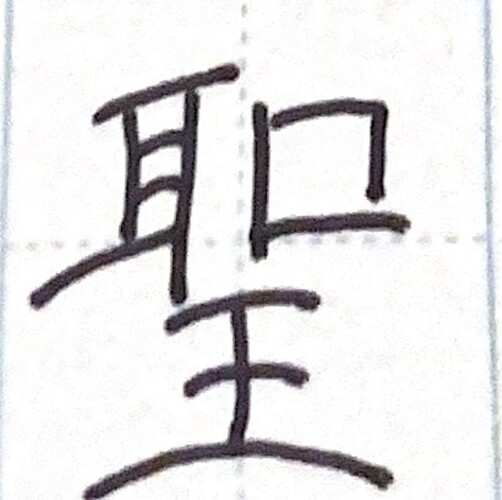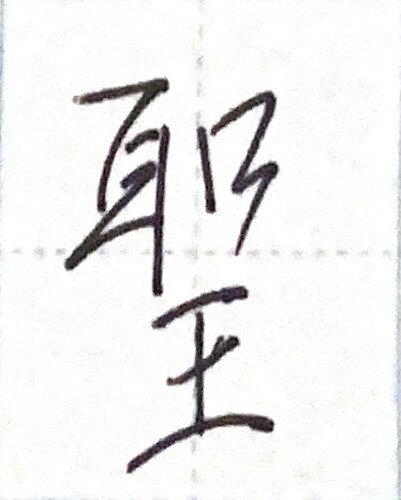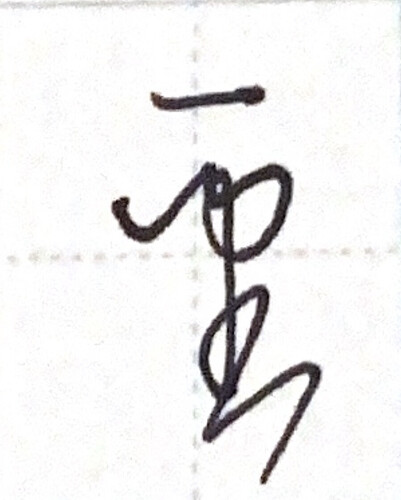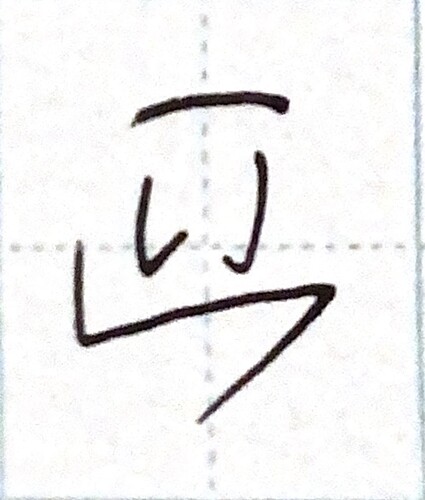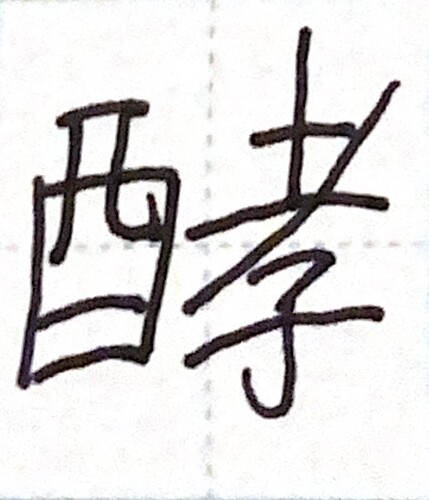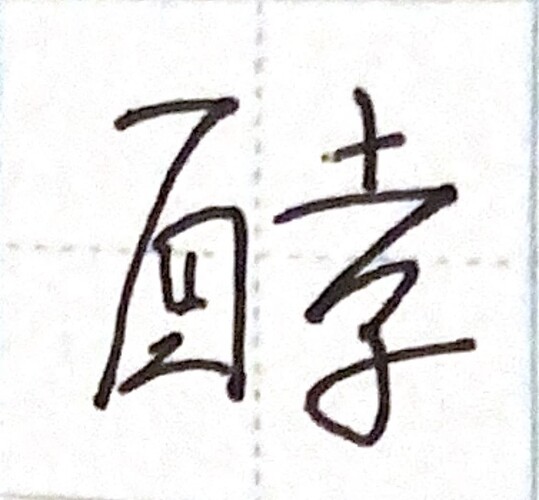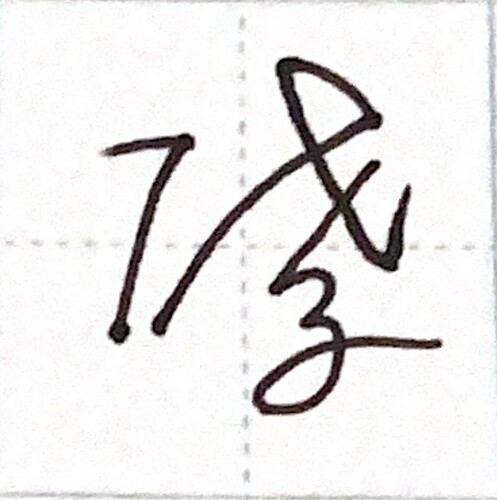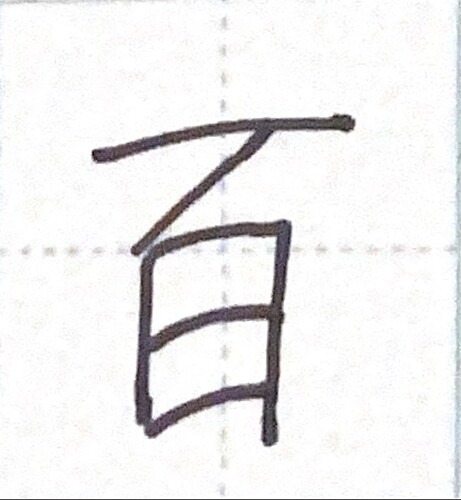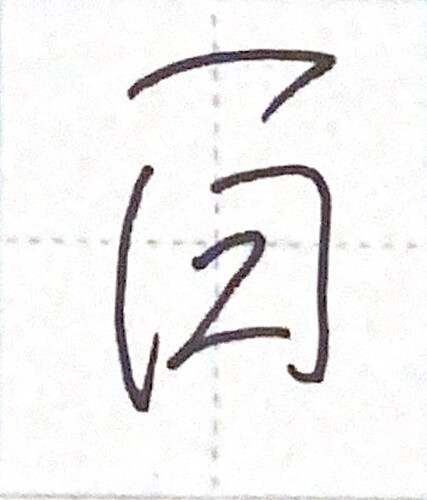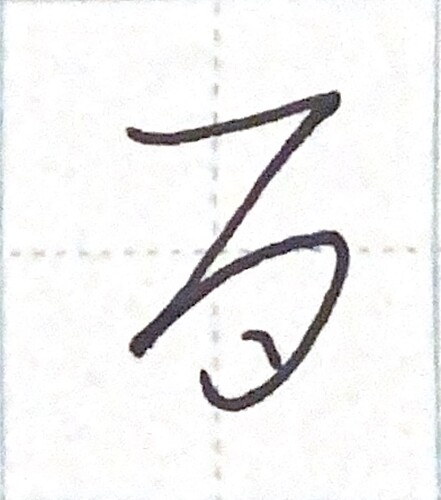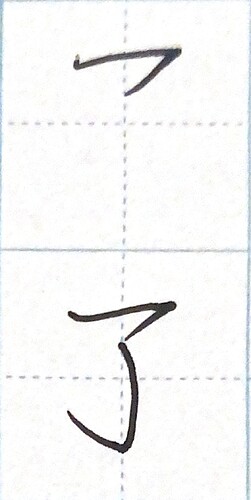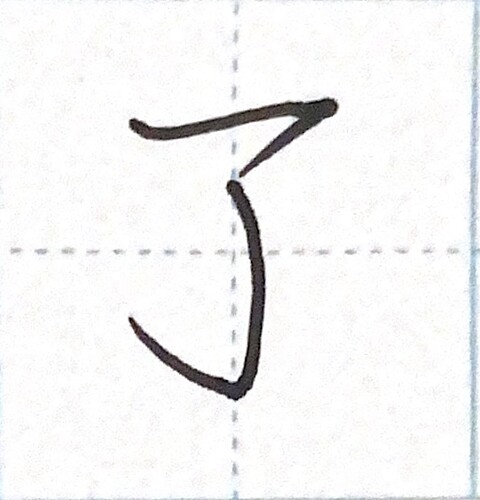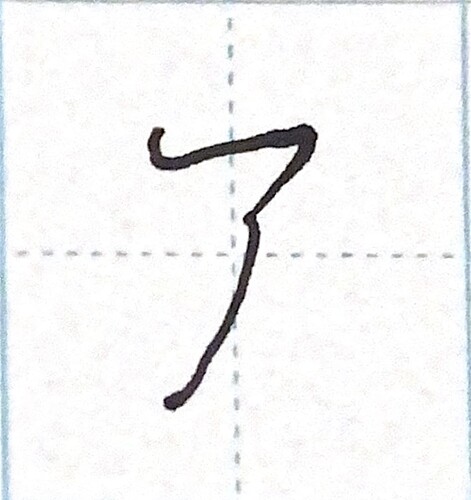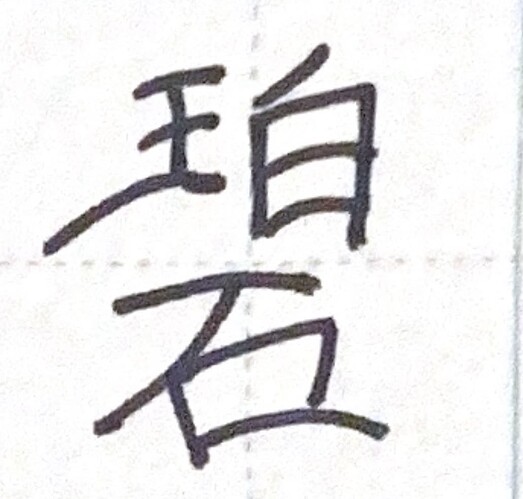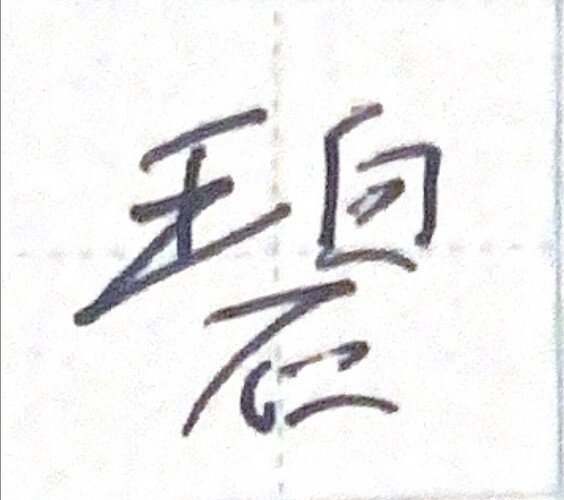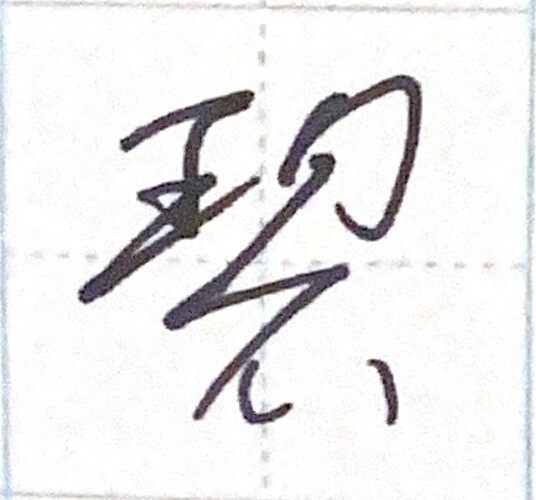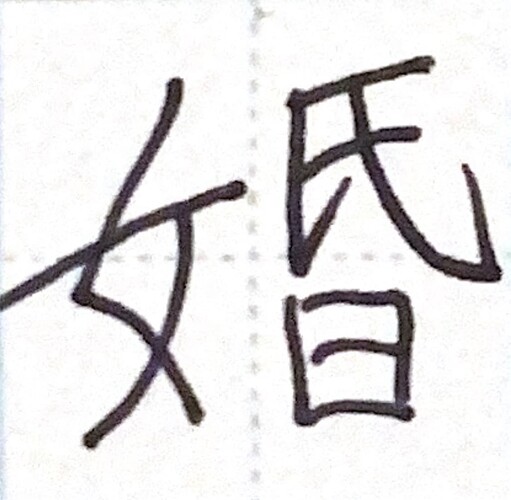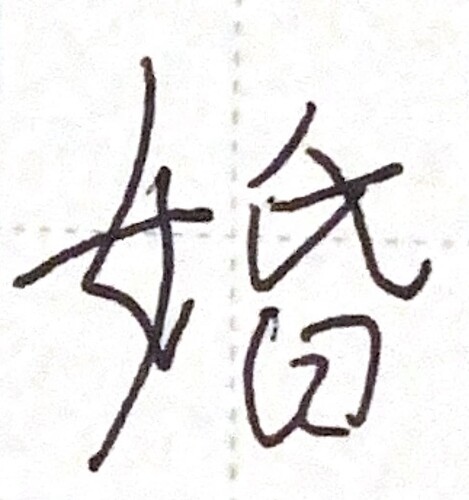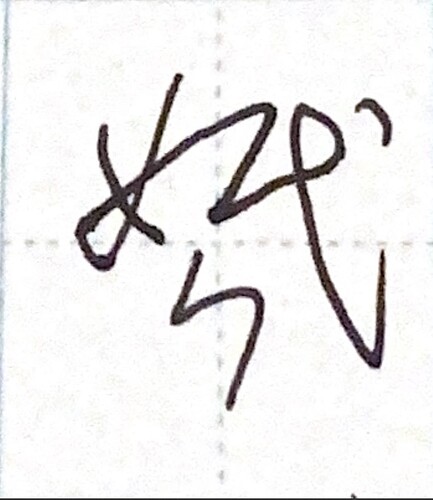This kanji happens to be used in the novel I am currently reading, 海と毒薬. It is quite a heavy book, about a Japanese doctor who performed vivisections on American airmen during WW2, but I would recommend it for any intermediate or advanced learners who are into more serious literature. I haven’t finished it yet but it is very well written and quite creepy in a horrifying sort of way.
Anyway, here are a couple of sentences from the novel that use this kanji with the reading あおい (the 人形 being described is notably of a white guy in the display window of a 洋服店, hence the extra attention given to the colour of the eyes):
高い鼻と碧い色の眼をもったその人形は一日中、謎のような微笑をうかべている。
海の色は非常に碧く、遠く、眼にしみるようだった。
I googled the differences between the different kanji used for あおい when I came across this at first and found this article pretty useful and mildly interesting. Here is an image from the article showing the differences:
Good choice of kanji! I am not sure if you take suggestions but on a similar theme I might suggest 翠 which is used in the wonderful word 翠嵐, amongst other probably more common words (notably now the mass produced “Japanese gin” made by Suntory and meaning “kingfisher” in that context - you could even try and compare your efforts to the 書道 style version on the gin bottle).


